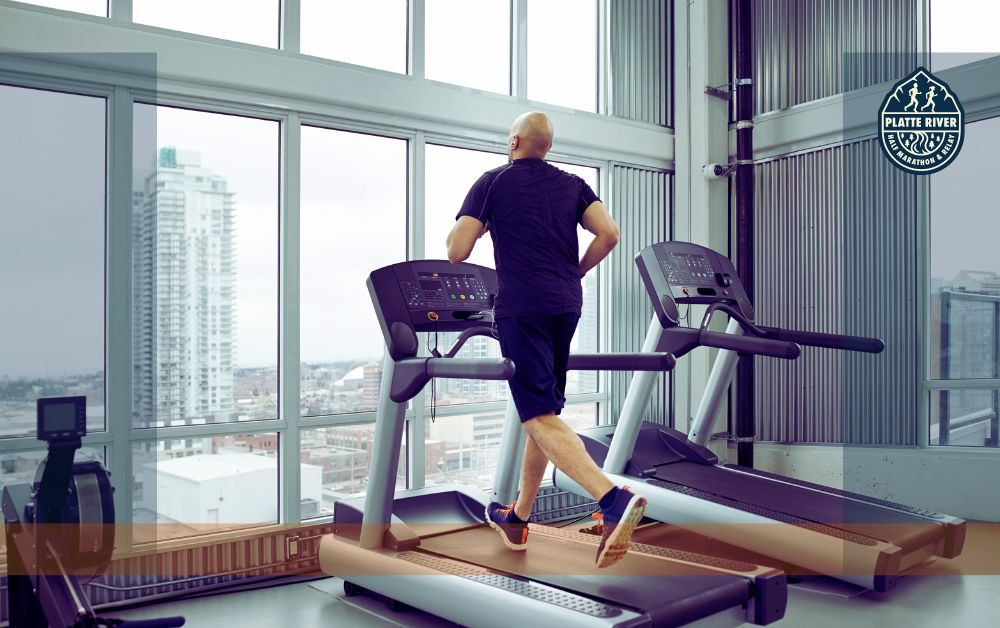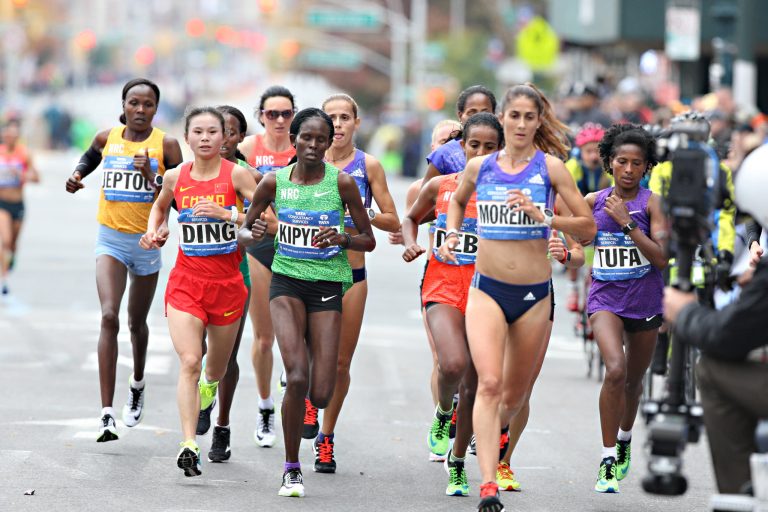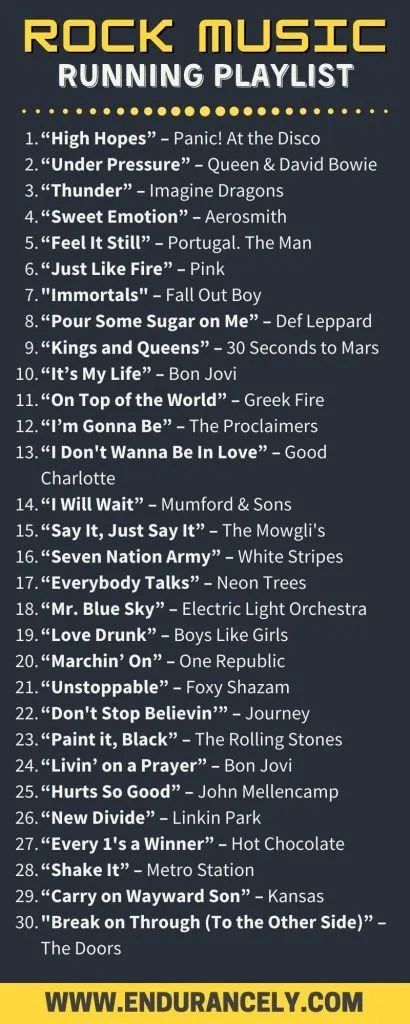Alternatives to Running a Marathon
Looking for alternatives to running a marathon? Try cycling, swimming, hiking, or participating in a triathlon.
These activities provide similar physical challenges and are great options for diversifying your fitness routine. Whether you want to reduce the impact on your joints, explore new terrains, or simply switch things up, there are plenty of alternatives to consider.
By incorporating variety into your training regimen, you can prevent burnout and enjoy the benefits of cross-training. Each alternative offers its own unique set of advantages, so you can find the perfect fit for your preferences and goals. With the right approach, you can continue to challenge yourself and stay motivated without solely focusing on traditional marathon running.
1. Fun And Exciting Races
Fun and Exciting Races:
1.1 Color Runs
Color runs are vibrant events where participants are showered with colorful powders at different stations along the route.
1.2 Obstacle Course Races
Obstacle course races challenge participants to navigate through various physical challenges like mud pits, walls, and ropes.

Credit: www.wbez.org
2. Trail Running
2. Trail running offers an exhilarating alternative to traditional marathon running. The allure of running through natural landscapes and uneven terrain can be both physically and mentally rewarding.
2.1 Benefits Of Trail Running
Engaging in trail running provides several benefits that set it apart from road marathons:
- Reduced Joint Impact: Trail running’s softer, uneven surfaces can lessen the impact on joints compared to pavement.
- Enhanced Stability and Balance: The unpredictable terrain of trails can help improve stability and balance.
- Mental Stimulation: The constantly changing scenery and terrain can provide mental stimulation and prevent monotony.
- Connection with Nature: Trail running offers a unique opportunity to connect with nature and breathe in the fresh air.
2.2 Tips For Getting Started
Before embarking on your trail running journey, consider the following tips:
- Choose the Right Shoes: Invest in good trail running shoes designed for varying terrains and provide adequate grip.
- Start Slowly: Begin with shorter trail runs to allow your body to adapt to the uneven surfaces.
- Stay Hydrated: Carry sufficient water or use hydration packs, especially during longer trail runs.
- Mind Your Foot Placement: Be mindful of where you step to avoid tripping on roots, rocks, or uneven terrain.
3. Triathlons
Triathlons are a thrilling alternative to marathon running. Consisting of swimming, cycling, and running, this multi-discipline event offers a dynamic challenge for athletes seeking a diverse test of physical endurance and mental resilience.
3.1 Introduction To Triathlons
Triathlons are an exhilarating combination of swimming, cycling, and running, bringing together the three disciplines into a single, intense race. The sport requires competitors to shift seamlessly from one activity to the next, demanding exceptional stamina, technique, and strategic thinking.
3.2 Training For A Triathlon
Training for a triathlon involves a well-rounded approach, focusing on developing proficiency in swimming, cycling, and running, as well as practicing seamless transitions between the activities. Endurance training, cross-training, and workouts that target specific muscle groups are essential components of triathlon preparation.

Credit: platteriverhalf.com
4. Virtual Races
4. Virtual Races
Virtual races have become a popular alternative to traditional marathons, offering participants the opportunity to compete from anywhere in the world.
4.1 How Virtual Races Work
In virtual races, participants sign up for a specific event online and complete the race distance on their own time and in their chosen location.
4.2 Advantages Of Virtual Races
Virtual races offer flexibility, eliminate travel costs, and provide a sense of community through online platforms and social media.
5. Indoor Cardio Options
The marathon is often considered the pinnacle of endurance events, but it’s not for everyone. If you’re looking for alternatives to running a marathon, there are plenty of indoor cardio options that can help you stay fit and active. These options provide a convenient and controlled environment, making it easier to stick to your workout routine. In this post, we’ll explore two popular indoor cardio options that are worth considering.
5.1 Cycling Classes
If you prefer a low-impact but high-intensity workout, cycling classes are a great option. These classes typically take place in a studio or gym setting, where you’ll find stationary bikes and an instructor guiding you through a challenging workout. Cycling classes offer a variety of benefits:
- Burn calories: Cycling classes are known for their calorie-burning potential. In just one session, you can burn hundreds of calories, making it an effective way to lose weight and improve cardiovascular fitness.
- Low impact: Unlike running, cycling puts less stress on your joints, making it a suitable option for those with joint issues or past injuries.
- Group motivation: Working out with others can provide a sense of camaraderie and motivation. In a cycling class, you’ll be surrounded by like-minded individuals, pushing each other to reach fitness goals.
So, if you’re looking for a fun and challenging alternative to running a marathon, consider signing up for cycling classes.
5.2 High-intensity Interval Training (hiit)
Another indoor cardio option that has gained popularity in recent years is High-Intensity Interval Training, commonly known as HIIT. HIIT workouts involve short bursts of intense exercise followed by periods of rest or lower-intensity activity. Here’s why HIIT can be a great alternative to running a marathon:
- Efficiency: HIIT workouts are designed to maximize results in a short amount of time. These intense bursts of exercise can increase your heart rate, burn calories, and improve endurance in less time compared to traditional workouts.
- Versatility: HIIT workouts can be tailored to your fitness level and preferences. You can choose from a wide range of exercises such as jumping jacks, burpees, push-ups, and more to create a customized routine.
- Metabolic benefits: HIIT workouts have been shown to boost your metabolism and keep it elevated for hours after your workout. This means you’ll continue to burn calories even after you’ve finished exercising.
If you’re short on time but still want to challenge yourself, HIIT workouts are a great way to get a full-body workout in a short amount of time.

Credit: www.standard.co.uk
Frequently Asked Questions On Alternatives To Running A Marathon
What To Do If You Can’t Finish A Marathon?
If you can’t finish a marathon, don’t give up. Take it step by step, rest when needed, and set realistic goals. Listen to your body’s signals and adjust your pace accordingly. Seek professional guidance to improve your training and nutrition.
Remember, progress takes time and effort. Keep going!
How Do I Train For A Marathon Without Running?
To train for a marathon without running, focus on low-impact activities like swimming or biking. Incorporate strength training and flexibility exercises. Consistent cross-training can build endurance and reduce injury risk. A balanced diet and ample rest are also crucial for overall performance and recovery.
How Do I Go From Not Running A Mile To A Marathon?
Start with walk/run intervals, gradually increasing distance. Build endurance through consistent training. Incorporate strength and cross training. Join a running group to stay motivated. Follow a proper diet and rest regimen. Gradually increase mileage and pace. Seek guidance from a coach or experienced runners.
Conclusion
Incorporating variety in your fitness routine boosts motivation and prevents burnout. From cycling to hiking, there are plenty of alternatives to running a marathon. Find activities that ignite your passion and keep you moving towards your fitness goals. Experiment, stay active, and enjoy the journey to a healthier you.





